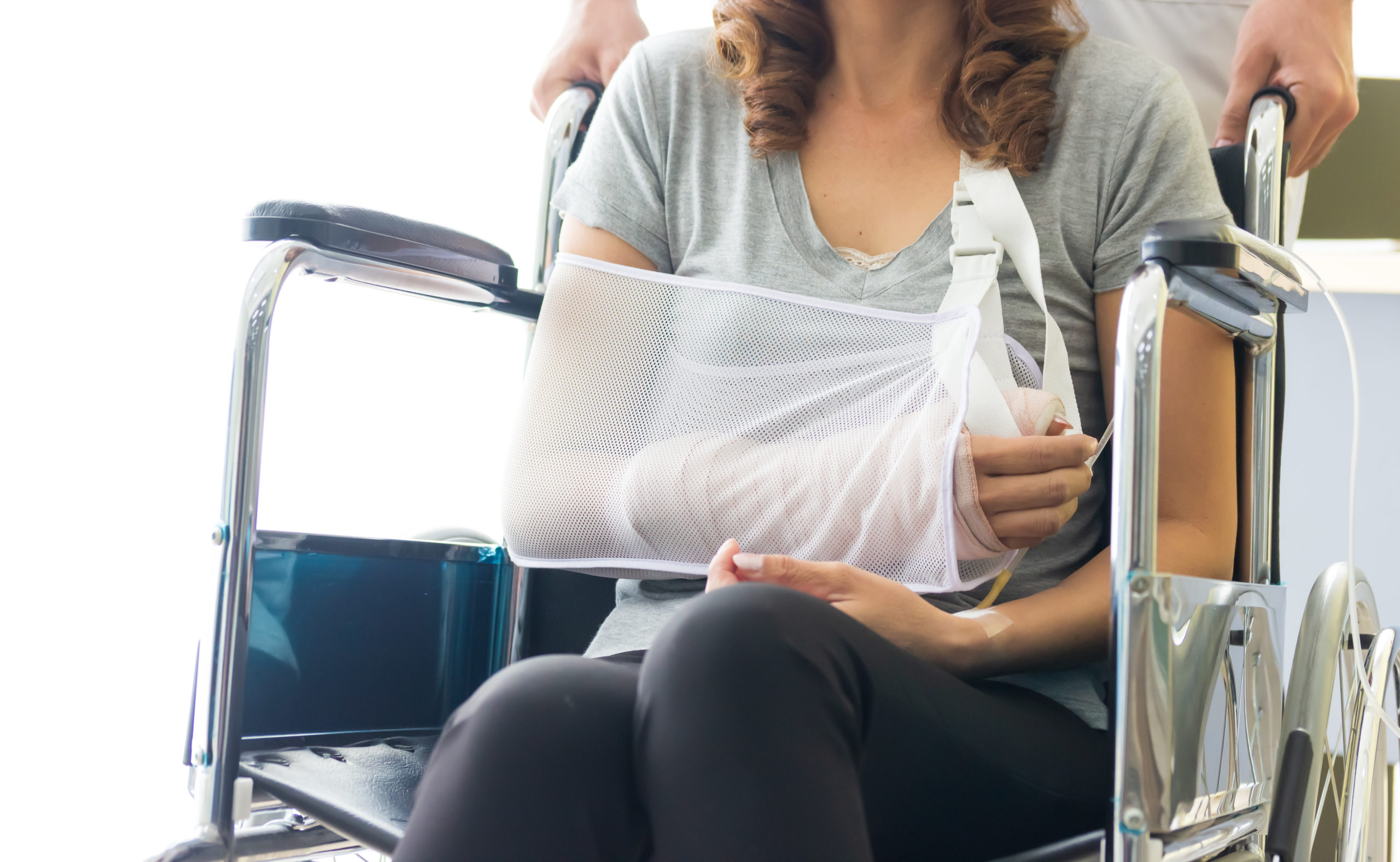
 Distal radius fractures are a common injury, caused mainly by falling onto the hand. The most common type of distal radius fracture is a ‘colles’ fracture, where the fracture fragment can displace dorsally.
Distal radius fractures are a common injury, caused mainly by falling onto the hand. The most common type of distal radius fracture is a ‘colles’ fracture, where the fracture fragment can displace dorsally.

 Distal radius fractures are a common injury, caused mainly by falling onto the hand. The most common type of distal radius fracture is a ‘colles’ fracture, where the fracture fragment can displace dorsally.
Distal radius fractures are a common injury, caused mainly by falling onto the hand. The most common type of distal radius fracture is a ‘colles’ fracture, where the fracture fragment can displace dorsally.
The metacarpal bones are the long bones in the hand in between the wrist and the fingers. You have 5 metacarpals, the thumb being number 1, the little finger number 5. Christopher has fractured his 4th metacarpal, meaning the ring finger metacarpal.
A Distal Radius Fracture is a fracture of the end of the radius near the wrist, and is commonly referred to as a broken wrist. It mainly occurs when you fall on an outstretched hand.
An X-Ray is required to assess the severity of the fracture. Sometimes a CT or MRI is required.
An undisplaced or mildly displaced fracture can be managed by a hand therapist. Different immobilisation options are available including a waterproof fibreglass cast, EXOS brace and thermoplastic splint.
Your therapist will determine the appropriate for of immobilisation for you depending on the severity of the fracture, amount of swelling and whether the fracture is being managed non-operatively or after surgery. You will also be provided with:
Surgical review may be required if there is multiple fragments or any displacement. Your hand therapist will be happy to discuss with you and your GP whether referral to a hand surgeon is appropriate.
If you have any questions regarding a broken wrist or any other condition you have, or to book an appointment, feel free to contact us here. We’d be more than happy to help.
A volar plate injury can occur when the finger is forced into hyperextension. It is very common in ball sports. The volar plate is a ligament which sits at the front of the proximal interphalangeal joint. It prevents the finger from hyperextending.
The volar plate is supported by a ligament on either side of the joint called the collateral ligaments, which prevent deviation of the joint from side to side. The ligaments can partially or fully tear and can avulse with a small fracture fragment when the finger is forced backwards into hyperextension. This can cause swan neck deformity of the finger.
Your hand therapist can assess the finger for stability, swelling and movement. An X-Ray or Ultrasound may be needed, your therapist will advise whether this is required.
Your hand therapist will fabricate a thermoplastic finger splint to help protect the ligament whilst it heals. This is sometimes needed for 3-6 weeks. You will also be provided with:
A referral to a hand surgeon may be required for large avulsion fractures or where the joint is unstable. Your therapist can assess your finger and in discussion with you GP arrange a referral if necessary.
If you have any questions regarding volar plate injury, please feel free to give us a call.